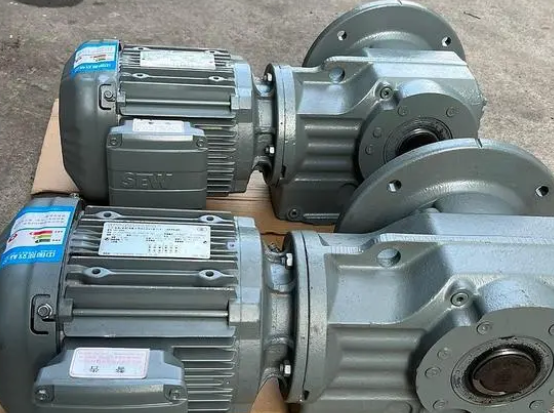What is the working principle of helical gear reducer? What are the characteristics?

The helical gear reducer is a common reduction device, which works by reducing the rotational speed of the input shaft and increasing the torque of the output shaft to achieve the purpose of reduction. Specifically, a helical gear reducer consists of an input shaft and an output shaft, with the input shaft connected to the helical gear and the helical gear connected to the output shaft. When the input shaft rotates, the helical gear changes its direction of rotation, resulting in an increase in torque on the output shaft and a decrease in speed. The helical gear reducer has the advantages of simple structure, smooth transmission, and strong load-bearing capacity, and is widely used in various mechanical equipment.
The helical gear reducer is an integrated reducer that is manufactured using advanced international technology and has high technological content. Its advantages include:
Good meshing performance, low vibration, low noise, and smooth transmission.
The high degree of overlap reduces the load-bearing capacity of each pair of gear teeth.
High efficiency, low energy consumption, and superior performance.
Compact structure, small volume, and space saving.
Reliable and durable, with high overload capacity and a power output of up to 132KW.
Precision machining ensures the parallelism of the shaft and the requirements for positioning bearings, forming a helical gear transmission assembly. The reducer is equipped with various types of motors, which are combined into electromechanical integration.
In summary, helical gear reducers have many advantages, making them an ideal choice for drive systems in the industrial field.

